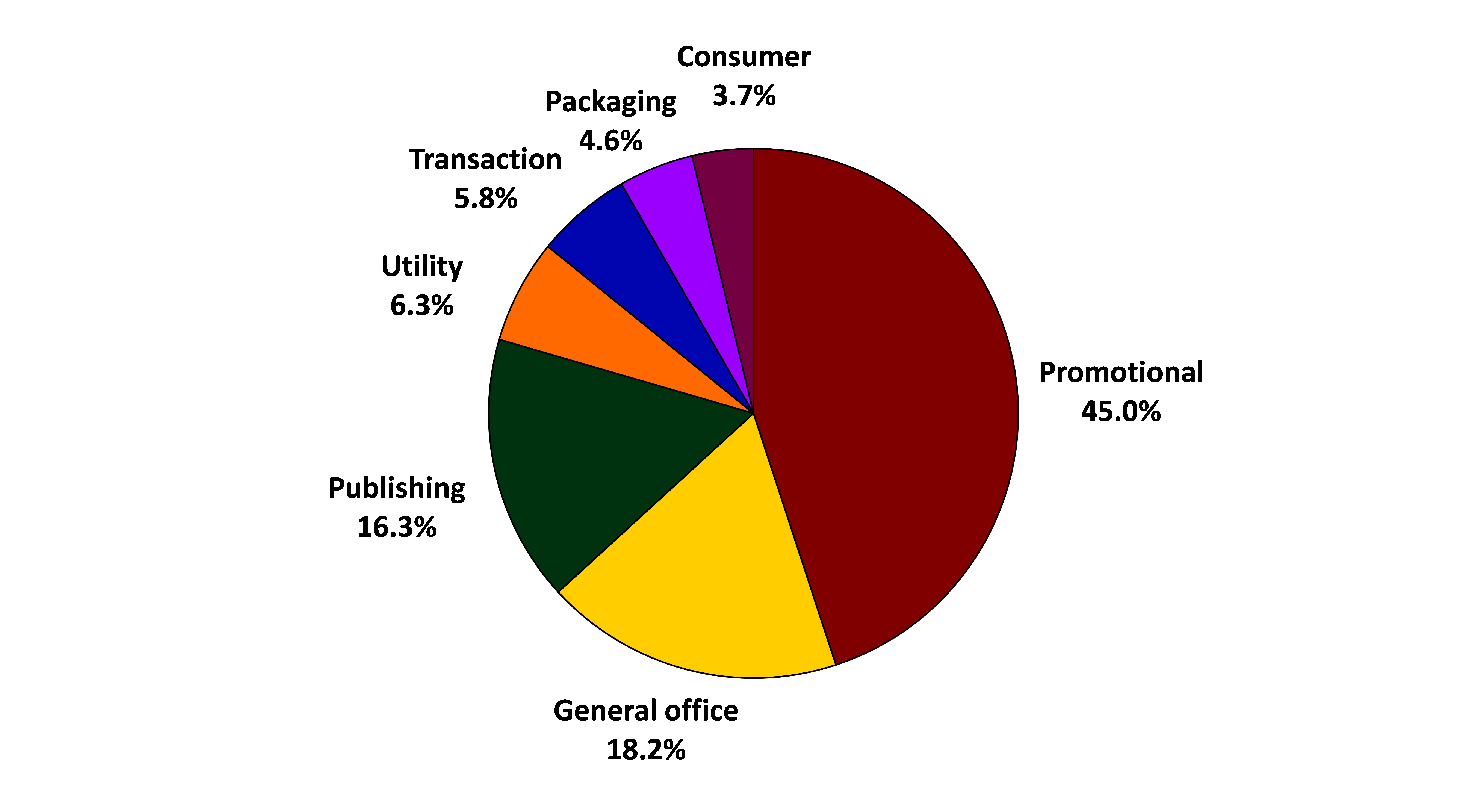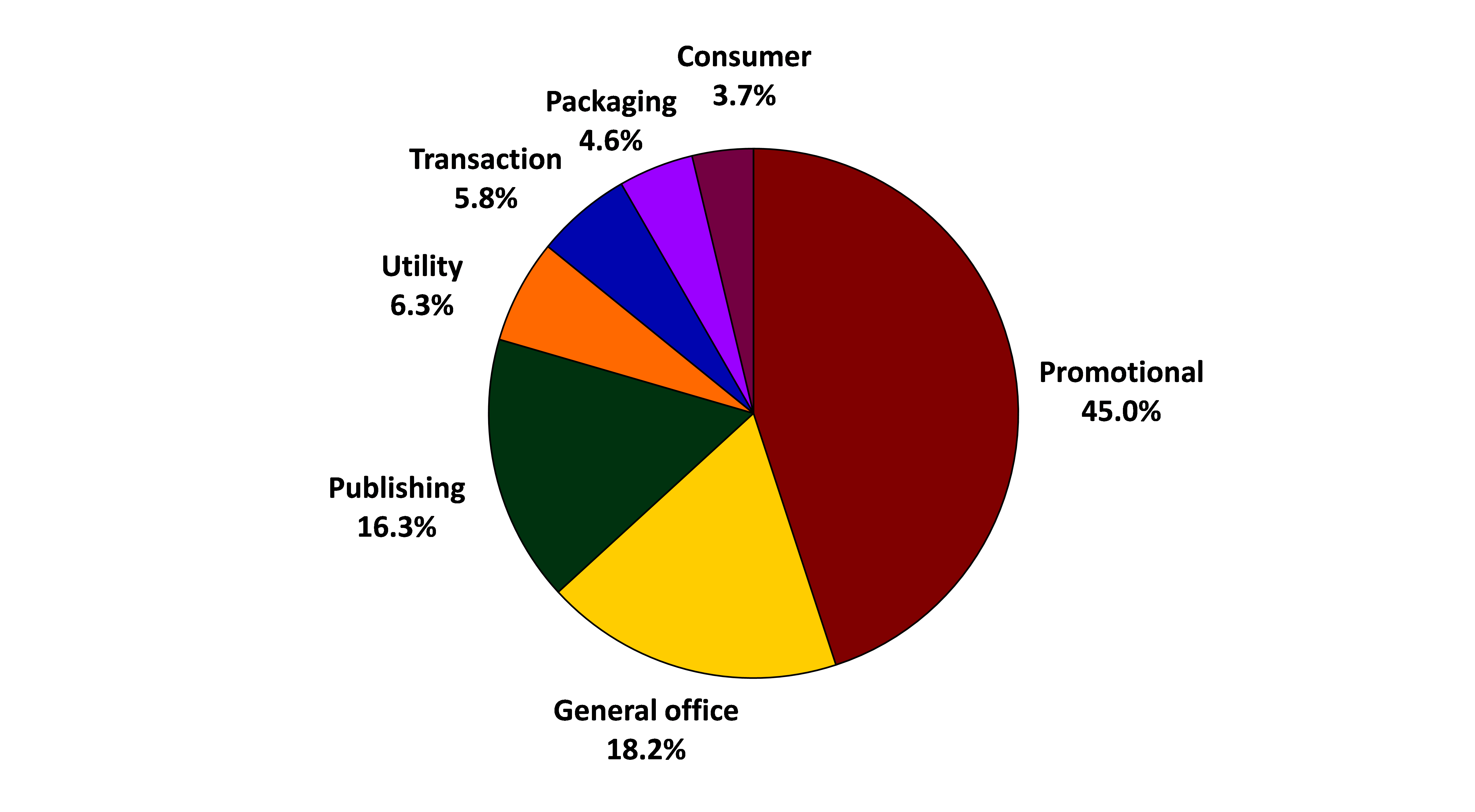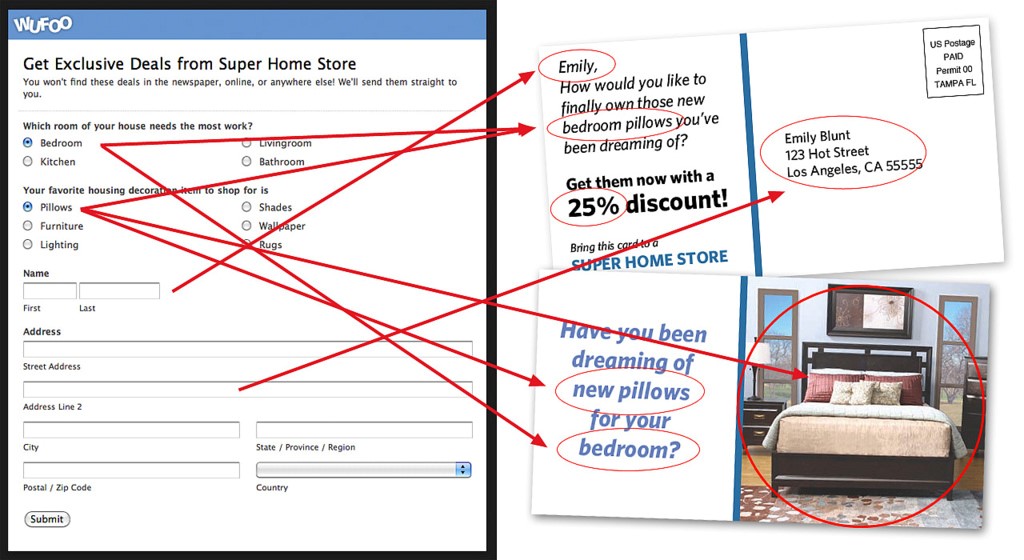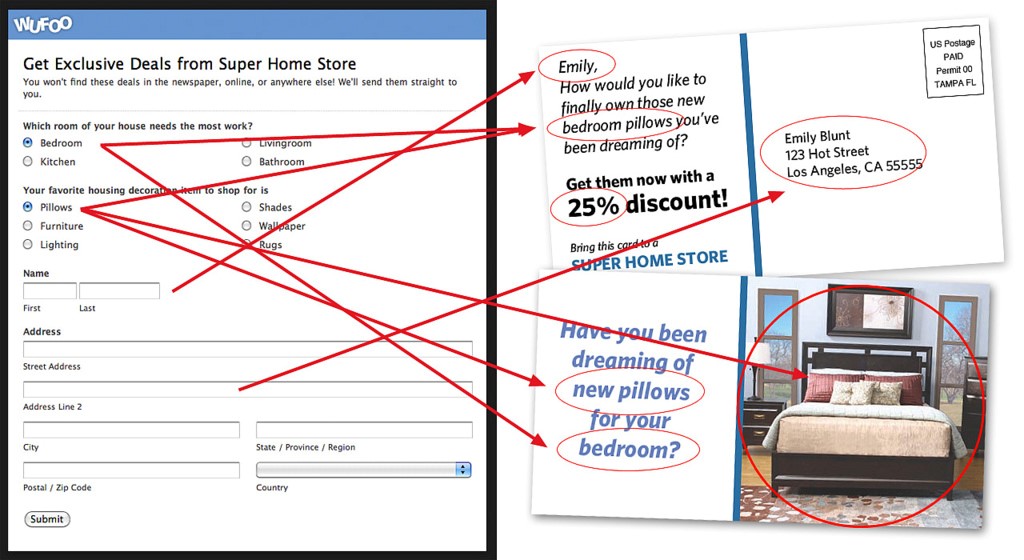Do you currently outsource the printing of some or all corporate marketing materials? If so, it might be worth considering the alternative: printing these documents yourself. Today’s light production technology lets organizations affordably and efficiently print professional-looking marketing collateral.
This insight piece will discuss several key reasons why producing marketing materials in house might make the most sense for your company.
Light production technology is optimized for high-quality output
In the past, organizations may have outsourced printing to ensure top-notch quality. But today, affordable light production devices are available that can print attractive brochures, mailers, and other marketing material.
Premium output is enabled through color matching, calibration, and control technology (e.g., color control and matching systems such as Pantone) that goes beyond the capability of most office print devices. In addition, finishing options such as booklet makers let organizations create more complex, visually interesting, and informative material.
These capabilities are driving the types of applications being used on light production devices. Keypoint Intelligence-InfoTrends research shows that promotional material is most likely to be printed on a color light production printer.
Figure 1: Print volume share by application group for U.S. digital production color devices with 101K-300K duty cycle, 2017


Source: Keypoint Intelligence-InfoTrends U.S. Digital Production Printing Application Forecast: 2015-2020
Light production technology gives organizations more control, confidentiality
When an organization outsources a project, it becomes highly dependent on the service provider to adequately complete the work. In other words, it is at the mercy of the provider to perform jobs in a timely, affordable, and high-quality manner. While many providers are up to the task, there’s always the chance they won’t be able to meet expectations.
By bringing the project in-house, companies have complete control over what is done, when it’s done, and how it’s done. They don’t have to balance jobs from multiple clients as is the case with print service providers. Instead, they can focus on their individual marketing materials.
In addition to controlling the project, organizations can help protect the confidentiality of their material. While much of it may eventually be made public, there’s likely a specific schedule for launching the marketing campaign. By letting a third party access materials ahead of time, the risk of this information getting released prematurely increases.
Light production technology becoming more affordable
Similar to office-class printers and multifunction printers (MFPs), light production devices have seen their prices drop over time. While this technology may have previously been too costly for some organizations (and small businesses in particular), it can now be purchased for not much more than a high-end office print device.
Keypoint Intelligence-InfoTrends estimates the average selling price of a 70 to 90 page per minute office color print device to be less than $25,000. This compares with $27,000 in 2017. The decline in prices helps explain why the installed base of these devices is projected to grow at a 43% compound annual growth rate (CAGR) through 2020.
Of course, the device purchase price is not the only cost involved with light production printing. In order to determine the total cost of in-house light production printing, an organization would also need to consider costs like ink and paper. It would then be wise to compare these costs with the cost of outsourcing print over time.
Key takeaways
- By acquiring light production print technology, organizations do not need to rely on third-party print shops for the production of marketing materials.
- In-house printing of marketing materials gives organizations more control while also improving the confidentiality of corporate information.
- Light production technology provides print quality benefits over office-class printers, and acquisition cost benefits over higher-end production printers.


